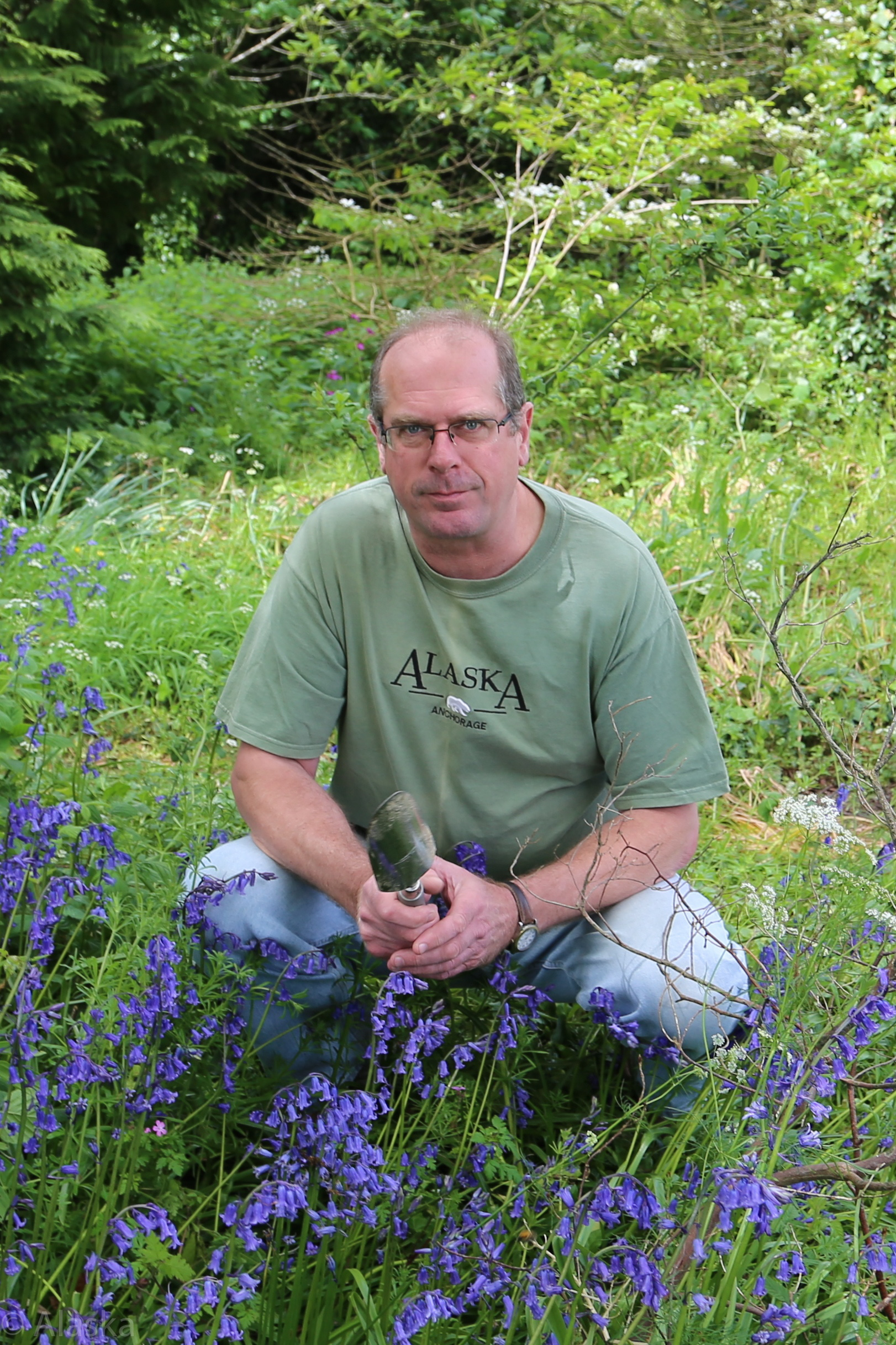
Letter from The MD
HABITAT TRANSLOCATION
Habitat translocation is not a means to an end: it is, instead, a last resort. But if it is to be done, it should be done well, and Alaska has an enviable track record of successful translocations in a range of habitats.
To achieve this success, Alaska takes great care to thoroughly research the habitat that is to be translocated. As much attention is paid to the soil characteristics - physical, chemical, and hydrological - as to the translocated animal and plant communities.
Habitat translocation is not for the faint-hearted. Translocating plants is easy; spreading seed mixes easy. But a habitat is greater than the sum of its soils, plants and animals - it is the result of a complex and dynamic interaction between each component over a number of years.
Clearly, each habitat is unique. And each translocation that Alaska undertakes is similarly unique. Translocations fall under one of several different headings: Meadow Translocation; Wetland Translocation; Chalk Grassland Translocation; Woodland Translocation; Heathland Translocation.
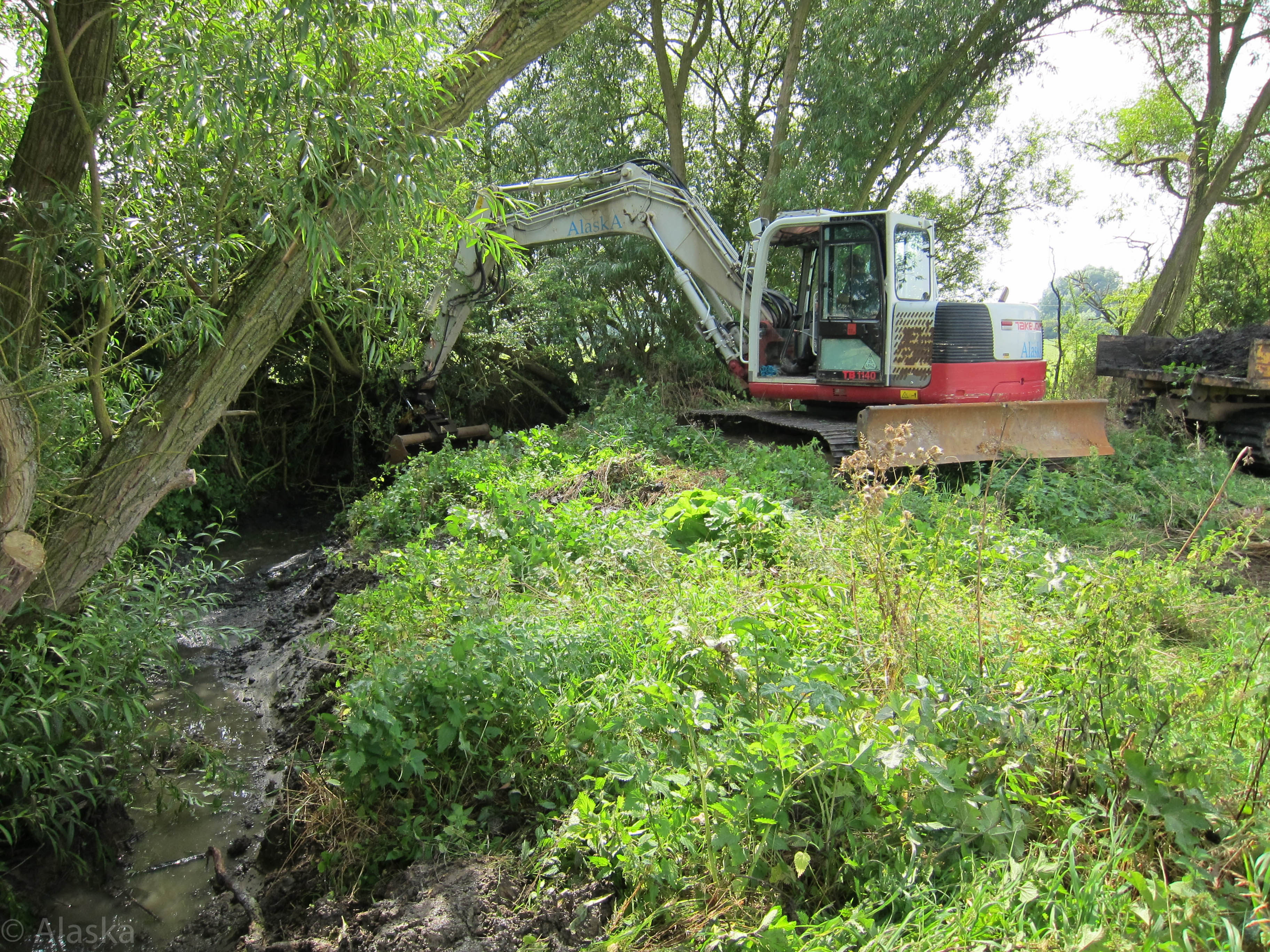
Meadows
OK, so we have a meadow to translocate. Dig out the habitat when the plants are dormant. Take the plant communities and the soil in, say, 1 cubic metre blocks with an excavator, transport them to the new site and insert into pre dug holes. What can possibly go wrong.
The meadow soils may have been well drained. Reinstate them in a site subject to rising groundwater and your well-drained soils become seasonally wet. This means that the translocated habitat will either be killed or will slowly change into something wholly different and probably with reduced biodiversity and certainly failure of the most soil sensitive plants.
The meadow soils may have been poorly drained and seasonally waterlogged. Translocate this to a well drained site and again the basic soil parameters will have changed and the habitat translocation will fail or the plant communities will adjust to the new conditions leading to habitat change and deterioration.
Translocate an acidic habitat to a circum-neutral or alkaline area and you will upset the chemistry of the translocated soils and again the habitat will respond by changing and invariably cause a reduction in biodiversity at the very least.
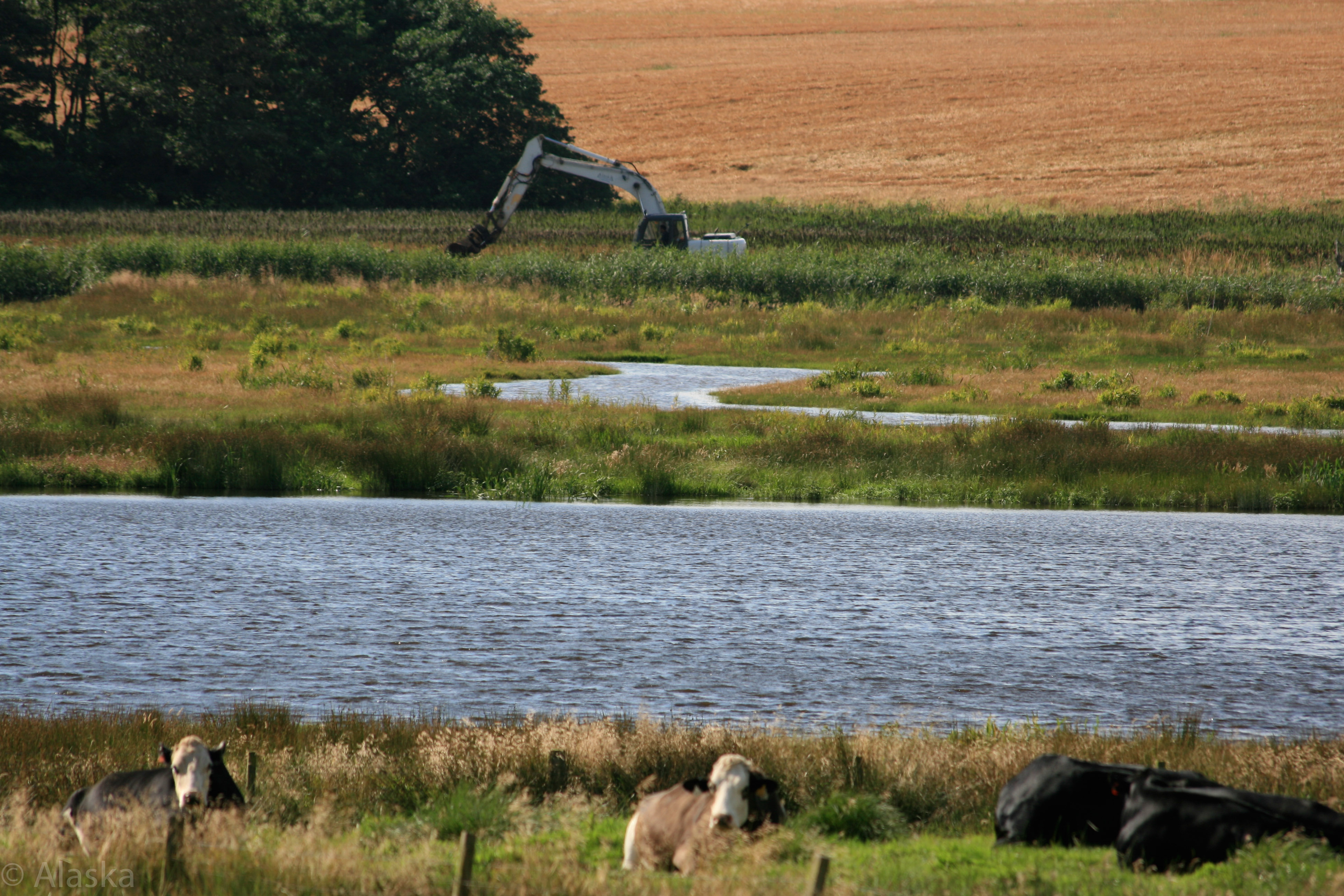
Wetlands
Wetlands come in many guises, wet woodland, alkaline fens, acidic mires, reed swamp, marshes and others.
Simply getting to the site may be difficult. How on earth can you excavate a least a metre depth of soil and lift it without draining it. Many wetland soils are fluid and simply flow as you lift them up. They are wholly dependent on water. That water may be alkaline, circum-neutral or acidic and may be rich or poor in major nutrients and rich or poor in dissolved micronutrients. The water may be sourced from vertically rising groundwater, from laterally flooding river water, from subsurface seepage water, or most often – a combination of these.
Wetland soils may have thin acidic layers (often a few mm only) over alkaline layers and vice versa.
Translocate a wetland habitat to a site with dissimilar hydrological, hydrochemical and hydrogeological conditions and you are in for trouble.

Chalk grassland
Do not believe what you read about chalk grassland soils. Try going out into a chalk grassland site and dig a few holes. Dig them carefully and look carefully. You will find a whole gamut of different soil types. Even on the Isle of Wight for instance, you will find them affected by frost action dating back to the Ice Ages. Periglacial structures such as frost wedges and polygons and leaching structures mean that the soils may be deeper than you think and more varied than you think. Surface organic matter layers may be acidic and so thin as to be difficult to translocate.
Just suppose that you do translocate surface acidic layers and place them over the alkaline layers below. In so doing you will have disturbed the soils and if there is an active mole population, their diggings will spread alkaline soil materials over the surface acidic layers and the very features you have tried so carefully to retain will be destroyed in few years.
If your habitat includes chalk heath, your difficulties will be further compounded. Most such sites have soils so patterned during periglacial activity at the end of the Ice Ages as to be impossible to excavate and re-instate. Try excavating a trench say 5m long and 1m deep through such soils and you will see just what you are up against.
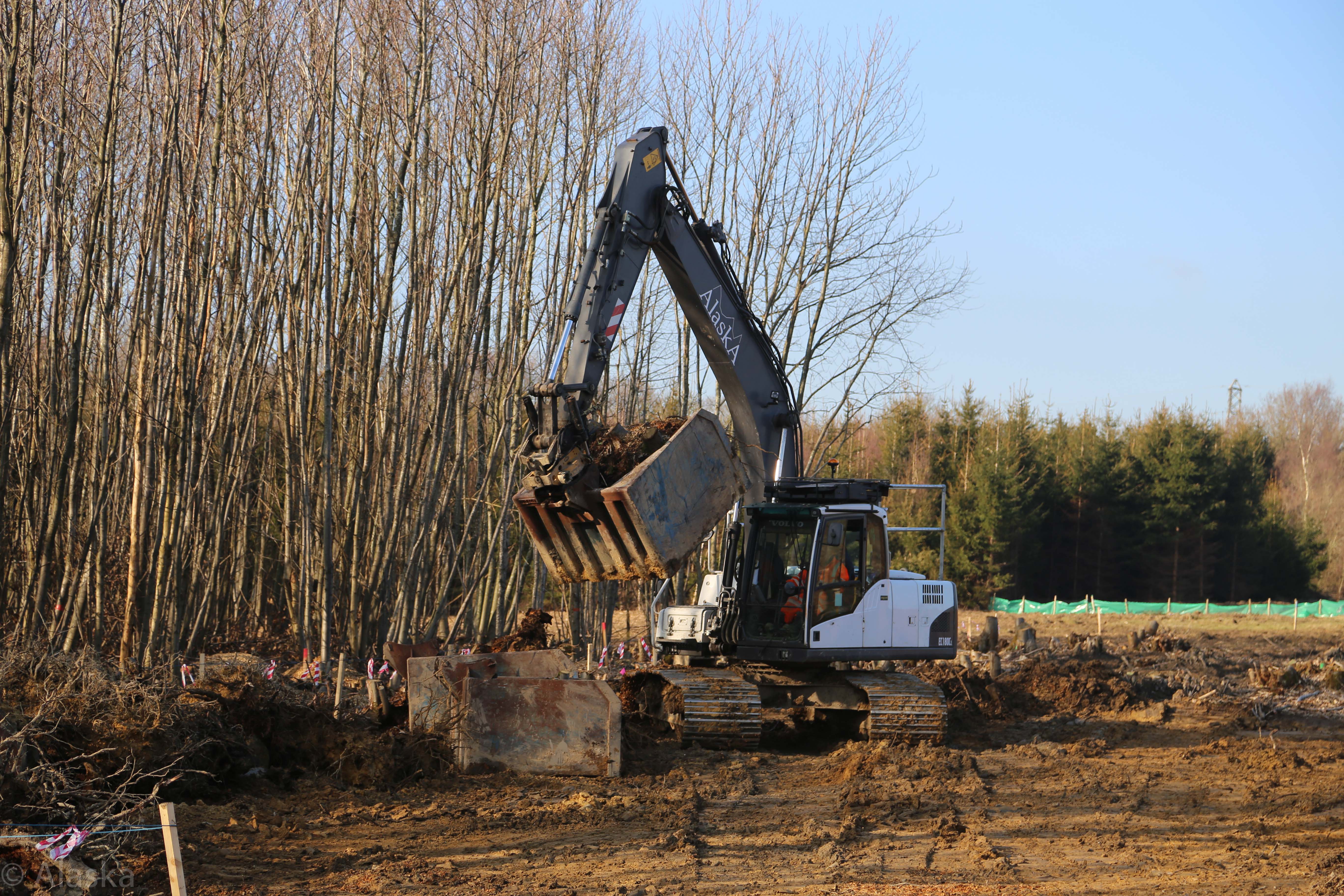
Woodland
How on earth do you translocate a woodland, especially a species rich structured lowland coppice woodland for instance.
Yes, you can cut back the coppice stems when dormant, dig them out wholesale and store them carefully. You could dig up the most critical herb/grass/moss plants and store them. You could scrape off the litter layer and store it, scrape off the topsoil, the subsoil and the substrate and store them carefully. Excavate out the translocation area, put back the soils in the right order, compact them slightly, replant the coppice stools, spread the litter and replant the herbs and other plants.
But will it work? Probably not.
In digging up the coppice stools you will have fundamentally altered their relationship with the soil. In scraping off the litter layers you will have disturbed their bacterial, faunal, invertebrate relationships and cut off the roots within it from their deeper soil layers. Machinery used to excavate the coppice stools and tree spades used to remove whole trees will have compacted the loose and often well-aerated woodland soils beyond recognition.
Did you check to see if the soil water regimes and hydrology of the receptor site were identical to the donor site? Soils are so variable that it is virtually impossible to find a similar site.

Heathland
Heathland comes in many guises. The soil conditions below dry, humid and wet heathland, bracken land and acid grassland are incredibly complex and different. Heathlands are a complex of closely inter-related but very contrasted soil conditions of incredible lateral and vertical variability.
In dry heathlands, the rooting zone of many of the heathers and other plants may be restricted to the upper 20-40cm of the soil. Try scraping up that layer with a machine and it may crumble and fall to bits in front of your eyes.
Soils below dry heathland (humo-ferric podzols) have surface grey leached layers over black layers where fine organic matter has accumulated over yellow and orange layers where iron, aluminium and other metals in various chemical forms have been deposited. The boundaries to these layers rise and fall like waves over very short distances, either evenly or sharply and it is simply impossible to lift these by machine in any meaningful way. Humid and wet heathland soils can be even more complex.
The leaching and other soil forming processes that created such soils (over perhaps 5000 years) can not be recreated by machine in the space of a few days.
Dry heathlands are difficult enough, try it now with a combination of humid and wet heathlands, with a bit acidic mire thrown in for good measure and your problems are increased by several magnitudes.
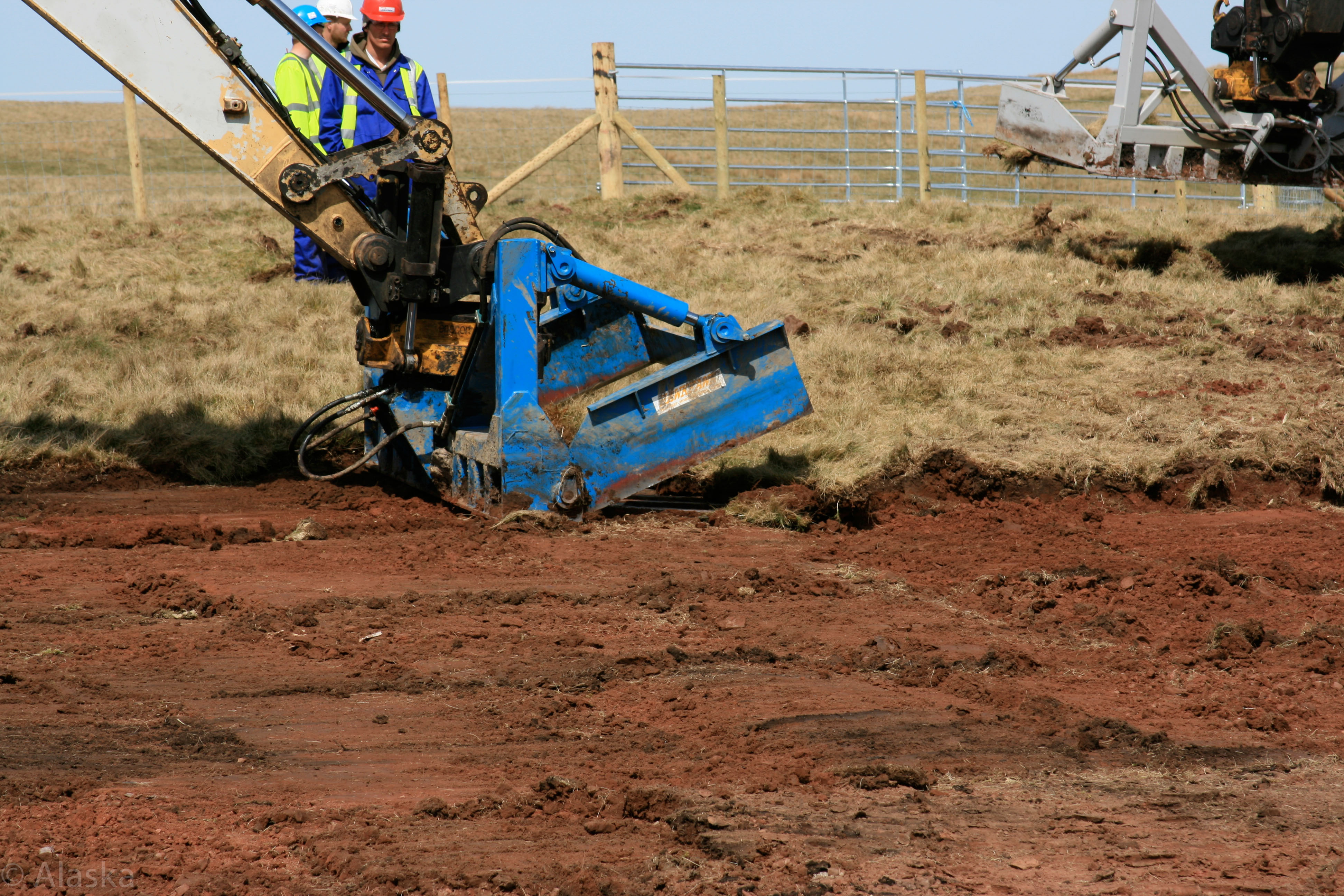
ALTERNATIVES TO WHOLESALE TRANSLOCATION
Do you really want to do it?
So, you have read all I have written above and decided that to translocate a habitat, soil and all would be so expensive, difficult and so doomed to failure as to be not worth the hassle. What are the alternatives? Well none really, but you are desperate to do something.
The development is really important, the mineral authority want the new quarry, the local plan demands areas for new housing, the new airport runway is nationally critical. So what do you do? You have the hurdles of gaining SSSI consent, dealing with the Habitats Regulations, protected species, you have a licence to move the badgers and now what – yell help or run for it.

Doing the minimum
The minimum you can do is to dig trial pits in your chosen habitat (without destroying it), examine the soils in great detail in each pit, check the water regimes, the depths and variability of the soil layers, check for organic matter content and macro and micro-nutrient levels in each layer together with rooting depth of all the critical plants and then do the same at each of the possible translocation sites. It will take time and cannot be rushed.
If most of the criteria at the donor and receptor sites are the same, you may be in luck, but I doubt they will be.
Transferring a plant community from a semi-natural soil to a cultivated soil or an artificial substrate is next to impossible.

What about dry heathland for example?
What if you want to transfer dry Calluna heathland to another site. It will be almost impossible to find another similar site that is not already heathland. Cultivation will have destroyed the crucial soil layering, spreading of building rubble will have destroyed the acidity and soil structure and soil water regimes will have been critically altered.
So, you have found a well-drained site, but careful soil analysis has shown that the upper soil layers are rich in phosphorus, and that the pH and calcium carbonate levels are excessively high (phosphorus should be minimal and pH less than 5). What can you do?
If phosphorus levels are high, you could strip off the topsoils and upper part of the suboil and replace with new suited soil materials of similar texture and characteristics to the heathland. But can you find any acidic sandy soils in sufficient quantity for your project without destroying more heathland – probably not. All sorts of means could be tried. Spread acidic bracken litter, mix in flowers of sulphur, introduce acidic materials in slits created in the soil, I doubt if they will work.
Before creating soils artificially, you should run trials first. Try different treatments and see what happens. Do not rely on other people’s results. Their soils, habitats and proposal sites will all be different and soils are not that simple. Keep the trials running for a number of years and see what really happens – does the sulphur really mix in with the soils and create the necessary acidity? Yes, the heather may grow, but what about the other critical plant and animal communities. And how long will it grow for. Will the heathland plant communities be the same in 5 years, 50 years or longer – will you be around to see and put it right if it goes wrong?
Similarly, for other habitats. It is important that the ecologist/soil scientist keeps tabs on all that is going on. Check all the time that the newly laid soils or modified soils are really achieving target conditions. Get it wrong and it is likely to be wrong forever, or at least the next 5000 years which is about the same.
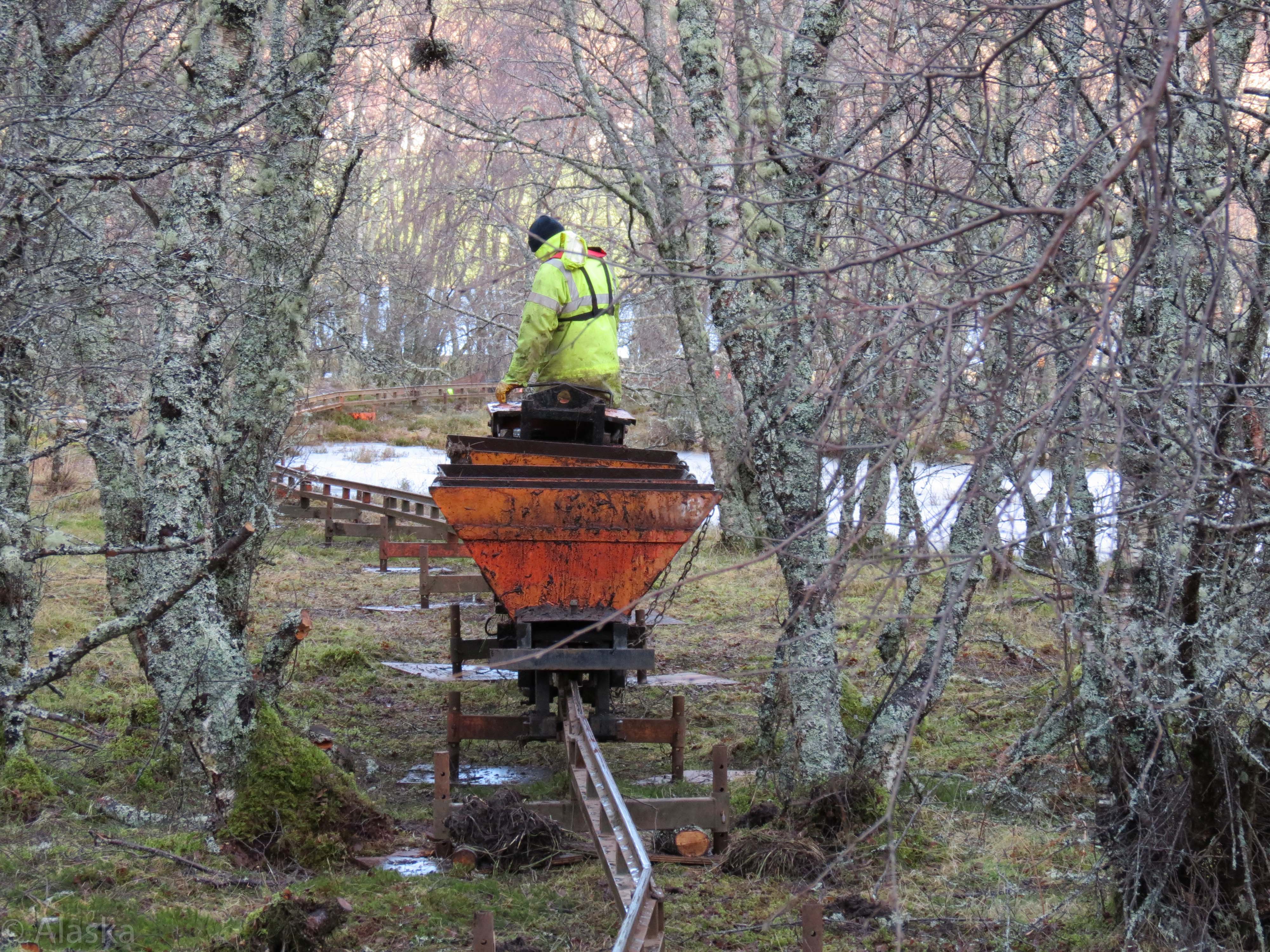
SITE MANAGEMENT
And what about management? All will be lost without management.
Yes you have a good site, the site operator/manager/planner is keen to say yes to everything to achieve a planning permission. The work may even get done, but did you supervise the works, did you have control over all the works, are you monitoring progress?
What happens if that manager leaves the company and will the new person have the knowledge and enthusiasm to keep the habitat going? Will the site be sold to another company and what happens then?
You may have every planning condition, section 106 agreement and agreed management plans that can be devised, but will the planning authority enforce the works, will they still be checking on progress in ten years time – it takes thirty years for heather plants to mature and probably a hundred years for plant communities to develop the beginnings of their community structures.
Alaska Ecological Contracting,
Stokeford Farm,
East Stoke,
Wareham,
Dorset,
BH20 6AN
Something imortant to go on every page
Ditto